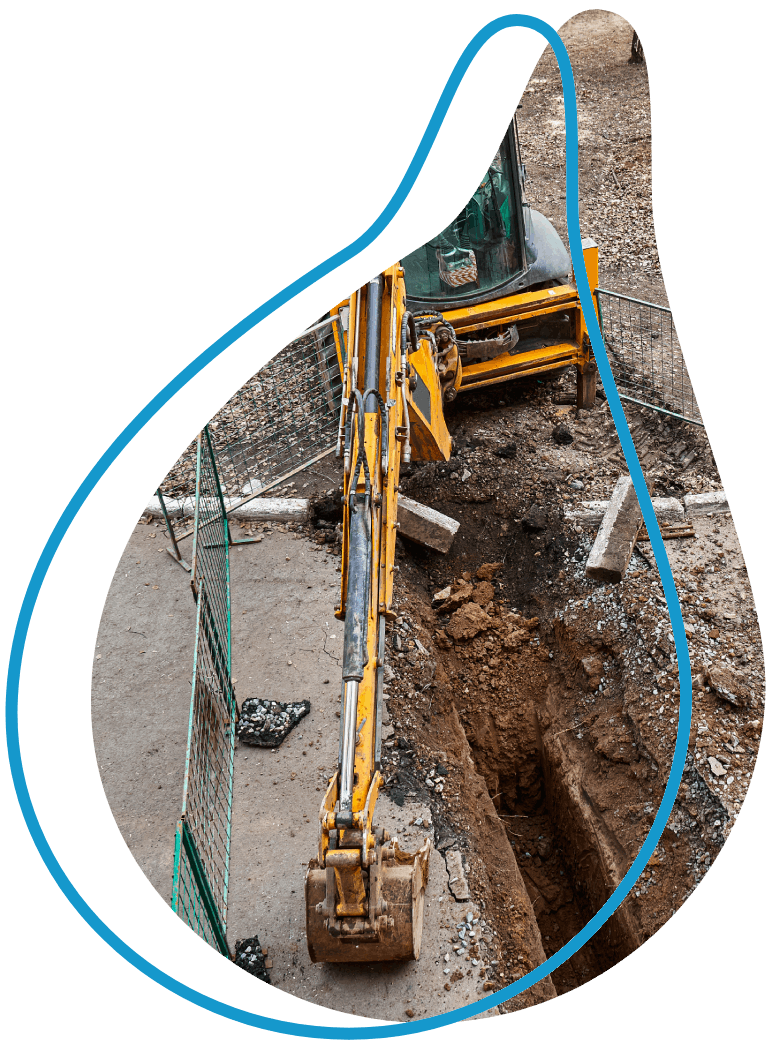
In 1991, the EPA passed the Lead and Copper Rule to minimize the amount of lead and copper found in tap water and protect the public from harmful materials. In the interest of public health, by monitoring the levels of lead and copper found, we are able to take action if the levels have exceeded. The Lead and Copper Rule has also been revised to further protect children at school by requiring water level testing, implementing more safety regulations and making information more accessible to the public.
Additionally, as of the 1980s, MAWSS utilizes a corrosion inhibitor in our pipes that prevents lead and copper from seeping into the tap water. With consistent testing and taking of inventory, MAWSS aims to continue to protect the community.
Although lead service lines have never been found in our water system, MAWSS feels it is our duty to inform the community of the process in which lead can potentially affect drinking water.
Lead can potentially enter into drinking water through outdated lead water service lines, patching materials and old home plumbing and fixtures. The utilization of lead and lead patches in plumbing was ended in 1986. MAWSS consistently takes an inventory of the current lead status among homes in the area.

Copyright © 2023 All Rights MAWSS.